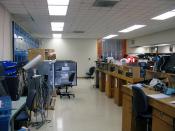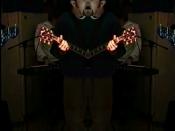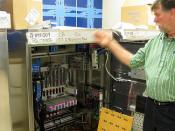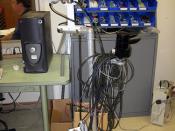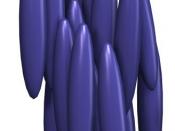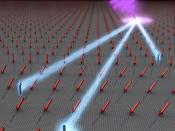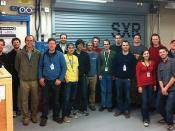Introduction Early optical fibers were only capable of carrying a single signal. These fibers were used as a "backbone" to provide telecommunications services over long distances. As the internet explosion propagates throughout society, methods of increasing the volume of transmitted data are required. Wavelength Division Multiplexing (WDM) is utilized to combine many signals, or colors, into one fiber optic cable. In the future, this technology may enable thousands of colors to travel through single fiber optic cables.
Starting with a DWM light signal we first need to separate the signal into its constituent signals (or colors). This is done via a de-muxiplier. The signal will need to evaluate the signal to determine where it needs to go currently One component of an all optical communications network is the router. Typically, an optical or light signal comes to a router or switching point. To switch the light to another cable several steps are required.
The light signal enters a send the light to another both determine where this light is going as well as This router houses the optical switch. These optical switches are utilized to send data without the need to first convert the signals from Optical Switches There are several different types of optical switching technology which is being researched, developed, or even commercially used at this time. These technologies are mirror switches, bubble switches, thermo-optic switches, liquid crystal switches, and holographic switches.
Liquid Crystal Switching Liquid crystals are molecules in a liquid state which tend to orient in the same direction. When electric fields are applied to these crystals, their orientation can be changed. For optical switching, a liquid crystal cell is manufactured between two plates of glass which are coated with a conductive layer. These glass plates act as electrodes. When a voltage is applied between the glass plates, it creates an electric field that changes the orientation of the liquid crystal molecules which will in turn change the polarization of the light signal traveling through the liquid crystal cell. The polarized light signal will then pass through a beam displacer which will direct the light signal based on the signal polarization.
